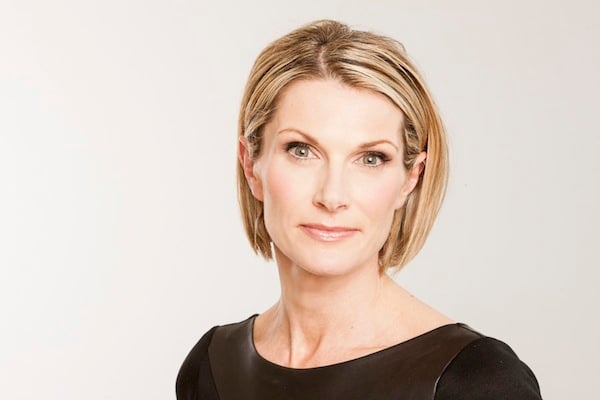
www.paulmccarthyphotography.com.
Wednesday (March 9) marks the release of the TEFAF Art Market Report 2016, compiled each year by Dublin-based research and consulting firm Arts Economics, founded by cultural economist Clare McAndrew. The annual report is widely regarded as the most comprehensive summary of the art market available.
The release always coincides with the annual TEFAF art fair that takes place in Maastricht, Netherlands every March. This year’s edition runs March 11-20.
Using data from dealers, auction houses, art and antique collectors, art and financial databases (including artnet), and industry experts, McAndrew tracks the growth of the global art market from year to year, analyzes regional performance, art buyers and world wealth, and examines the economic impact of the art trade on the global economy.
According to the report, the global art market achieved total sales of $63.8 billion in 2015, falling seven percent year-on-year from its previous high of $68.2 billion in 2014. This was the first year that saw a decline since 2011, and comes as the sectors of the fine art market that were at the forefront of the rapid expansion began to cool off.
However, the report notes the difficulties of maintaining these figures:
While the change to a negative trend in 2015 could indicate a cooling in the global market, particularly in certain sectors, some slowdown was inevitable. As sales reached a much higher level during the last ten years, it has become harder to maintain continued growth, particularly in a supply-limited art market. This has caused an unavoidable slowdown as some sectors struggled to keep up the pace.
Along with the overall market, the number of transactions was also down by two percent, year-on-year, to 38.1 million.
Interestingly, the US market saw continued growth while other leading regions saw a decline. Sales in the US were the best performing worldwide, increasing by four percent over 2015, to their highest ever total of $$27.3 billion.
Meanwhile, the Chinese market experienced a significant decline, with sales dropping 23 percent, to $11.8 billion. In the UK, sales dropped nine percent, to $13.5 billion.
Source: Arts Economics.
The ratio of auction sales to private sales was largely unchanged, though it is interesting that dealers and private sales account for 53 percent of the market by value, while auction sales account for 47 percent by value. This is down a notch from 2014’s total of 48 percent.
The report also includes data on online sales, a fast-growing section of the art market. Among the key findings, in 2015, sales of art online were estimated conservatively to have reached $4.7 billion, up seven percent year on year, and accounting for seven percent of all global art and antiques sales by value.
While postwar and contemporary accounted for the largest section of the fine art auction market (46 percent by value), it nonetheless declined, after two years of double-digit growth, falling 14 percent, to $6.8 billion, and recorded a 20 percent drop in the number of transactions.
Modern art remained the second largest section of the fine art auction market, accounting for 30 percent of the value of sales. This sector also saw a drop, albeit slight, with auctions falling one percent, to $4.5 billion.
The report also includes some interesting findings about activity at the top end of the market. For instance, the highest single segment of the market by value is the “ultra high end segment (prices over $10 million) accounting for 28 percent of total sales values, despite representing a tiny fraction (o.1%) of overall transactions” overall.
In 2015, 90 percent of works sold at fine art auctions for prices less than $50,000, but these accounted for just 12 percent of total sales value. Works sold for over $1 million accounted for 57 percent—the majority of the value of sales of fine art. And growth in sales over $1 million “have far outpaced growth in value in all other segments,” according to the report.
With regard to wealth tracking, the report says the number of millionaires worldwide is now nearly 34 million people—down three percent year-on-year.